At this time seven years ago, communities across the United States were preparing to host an unprecedented influx of visitors for a rare event.
On Aug. 21, 2017, several cities across the country played host to hundreds of thousands of “eclipse chasers” flocking to see the most recent total solar eclipse in North America to date.
In total, 14 states spanned that path of totality.
Seven years later, communities across the country, including Niagara County, are now prepping to host a comparable influx of people.
While totality in both eclipses lasts for only a few minutes, preparations for the eclipse events then and now have been months, and sometimes years, in the making.
In the middle of it all
Among the numerous cities on the expansive path in 2017, Brooke Jung was responsible for citywide eclipse planning in Hopkinsville, Kentucky, a place that NASA had determined to be the “point of greatest eclipse,” in which the moon was closest to the earth.
Jung, who now works as the vice president of Destination Development & Community Engagement at Visit Albuquerque in New Mexico, was hired by the city of Hopkinsville in 2017 to serve as the solar eclipse marketing and events consultant. Her goal was to prepare the city and its residents for eclipse-related events as well as to manage the large influx of visitors to the area.
Jung said that even though the city’s preparations began approximately a year before the eclipse took place, there was still a lot of “unknown” during that process.
“We didn’t know an exact number of people that were coming to the community, when they would arrive or when they would leave,” Jung said.
The city, which had a population of about 30,000 at that time and originally planned to welcome about 50,000 visitors to the area. However, she said experts at that time predicted they would yield significantly more.
According to Jung, about 116,000 visitors from 47 states and 25 different countries turned out to see the eclipse in Hopkinsville, Kentucky.
Hopkinsville hosted 21 events that got underway in the days leading up to totality.
“The eclipse happened on a Monday. People began to arrive as early as Thursday and Friday in anticipation of it,” Jung said.
Throughout the weekend leading up to the eclipse, several streets in the downtown area were closed to traffic, public parks were turned into campsites and public transportation became shuttle services to and from the various events.
Even though the eclipse did not begin until about noon, Jung recalled that “eclipse chasers,” local officials and media began arriving at the “point of greatest eclipse,” in a rural area about seven miles north of downtown Hopkinsville at about 3 in the morning of August 21.
As totality grew nearer, Jung described the three-hour eclipse, with just under three minutes of totality, as a “spectacular” experience.
“When you look up with your eclipse glasses, you can kind of see that progression of the sun getting more and more of a bite taken out of it as the moon moves in front of it,” she said. “All of a sudden you see this kind of calm go over the crowd… then there’s like a cheer of excitement because people are witnessing something that is just so magical.”
To the west and the east
In Jefferson City, Missouri, totality began about an hour later than Hopkinsville, Kentucky and lasted a little over two minutes.
Preparations in the city began several months in advance with a similar feeling of “unknown.”
“For this being our first eclipse experience in the city, we didn’t know what to expect. State and city officials met every month, then every two weeks leading up to the event, discussing the logistics of everything,” Jefferson City Convention & Visitors Bureau spokesperson Alex Bobbit said.
Out of the over dozen events that took place in the days leading up to the eclipse, the focal point was centered around the state’s capital building in downtown Jefferson City with programming from NASA.
Over 59,000 visitors traveled to or from within the city during that span. Jefferson City’s population in 2017 was 42,942 according to the U.S. Census Bureau.
“Overall, we felt prepared for the things we could control, but stressed over the things we couldn’t, like the potential for uncooperative weather. In the end, all played out smoothly and we consider the eclipse event a success,” Bobbit said.
Columbia, South Carolina was another notable area to view the 2017 eclipse as its 2 minutes and 30 seconds of totality was the longest on the east coast.
It is estimated that roughly 400,000 visitors traveled to and within the Columbia, South Carolina, region to view the total solar eclipse. Columbia’s population in 2017 was 134,405, according to the South Carolina Department of Parks, Recreation and Tourism.
The aftermath
In the immediate moments after totality, several cities saw many of those visitors who came to the area over a period of several days leave within minutes.
While traffic flow for the Hopkinsville, Kentucky events were organized by the National Guard and local EMS personnel, delays in travel were significant.
“Traffic is definitely something that you can prepare so much for and have several different routes identified. But ultimately, the influx of people on the road is a real thing that’s going to happen,” Jung said.
Similar to Hopkinsville, Kentucky, traffic westbound out of Jefferson City, Missouri was backed up for miles. Tens of thousands of motorists were creeping along US-54 bumper to bumper at 20-30 mph, according to the Jefferson City Convention & Visitors Bureau.
Jung said after the eclipse, the events became a “sense of pride” amongst community members and returning visitors alike.
“We had several people that moved to Hopkinsville because of the experience that they had...There was a couple that moved from England to come and live in Hopkinsville,” she said.
Multiple areas in the path of totality also netted significant economic gains as a result of those visitors.
Christian County, in which Hopkinsville is located in, saw $28.5 million in economic impact. Richland County, in which Columbia, South Carolina is located, saw $48 million.
Through all the planning and preparation that goes into hosting “eclipse chasers,” Jung said the most important piece of advice she can give is for officials and residents to “embrace” those coming to see the eclipse.
“Embrace the event, embrace the visitors that are coming. This could be the first time they’re interacting with your community,” she said.




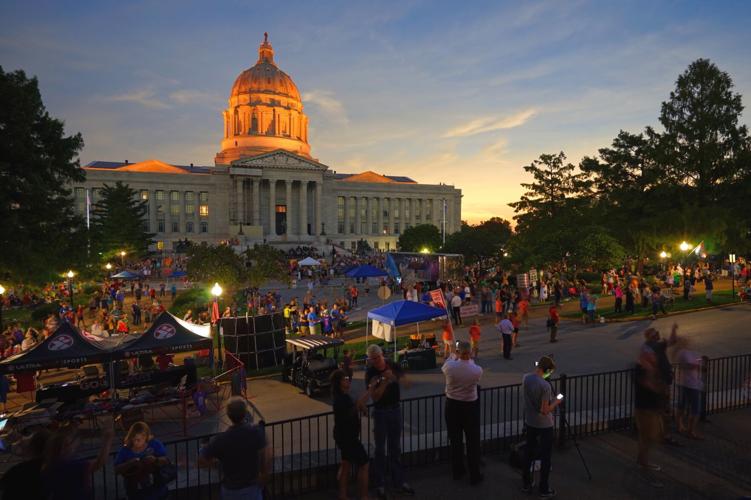




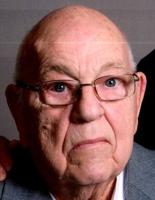


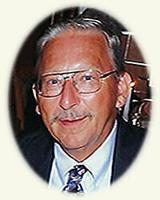
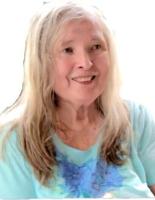
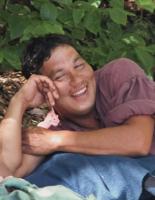



Commented
Sorry, there are no recent results for popular commented articles.